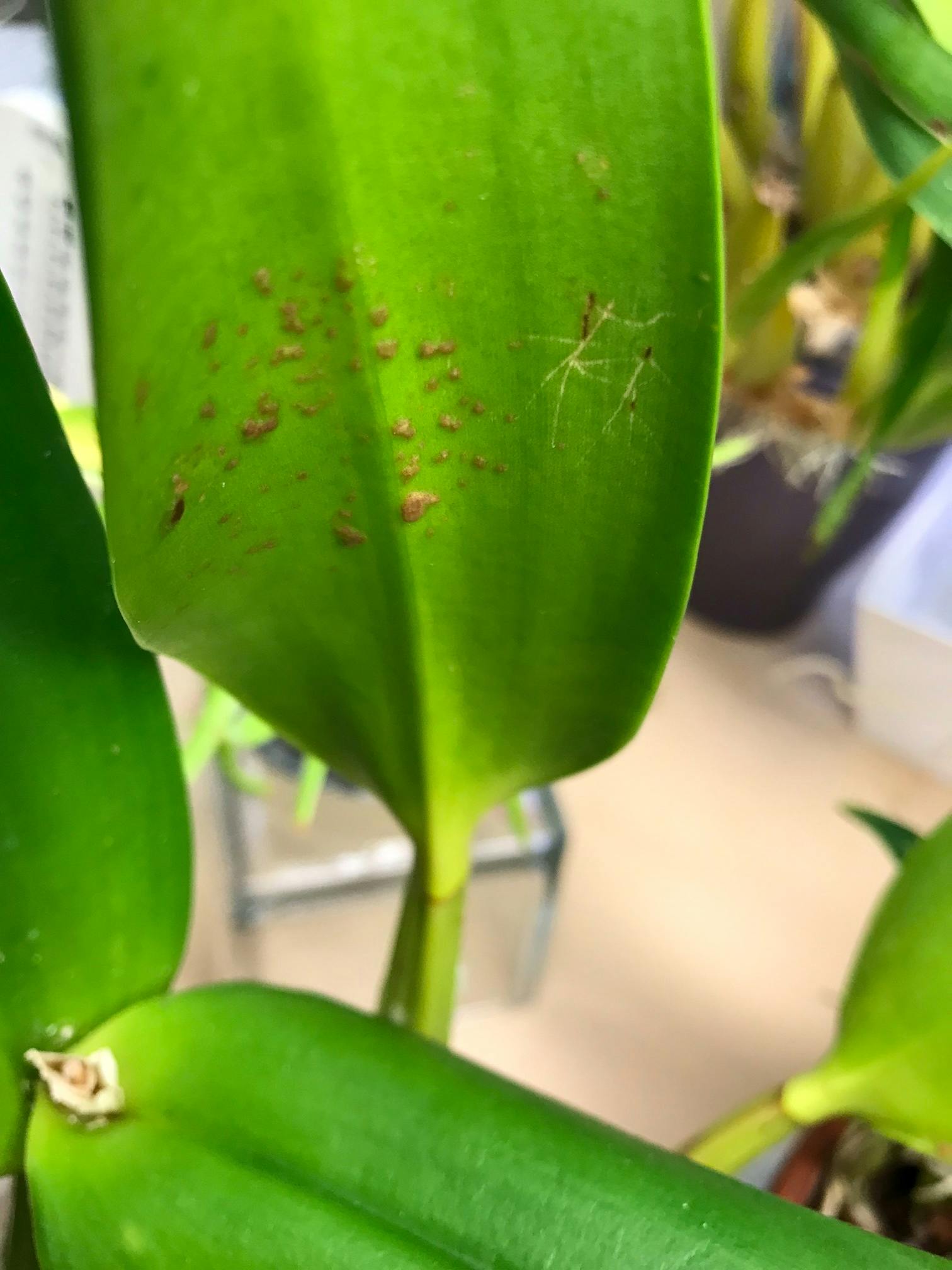
Edema


Gallery
Symptoms
Excess water is absorbed by the roots more quickly than it can be lost by the leaves, causing swelling of plant cells and producing blister-like lesions. Occurs when plants are watered during warm days and the nights turn cool, during periods of cool weather when water quantity and/or frequency is not reduced and during periods of very high humidity when plants are overwatered and cannot dry out.
Treatment: There is no treatment once blisters form.
Prevention: Water early in the morning. Don’t water on gray or rainy days. Reduce watering in the fall when plant growth slows. Watch watering frequency during periods of very high humidity.
Read More: Physiological Disorders of Orchids: Oedema (Robert Cating et al, IPA)
Edema Blisters on Orchids (Sue Bottom)

FREE ACCESS: Orchid DealWire
Get notified when orchid vendors have special promotions and exclusive savings.







